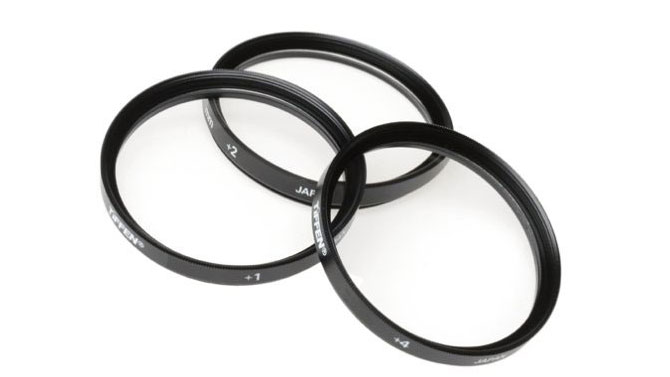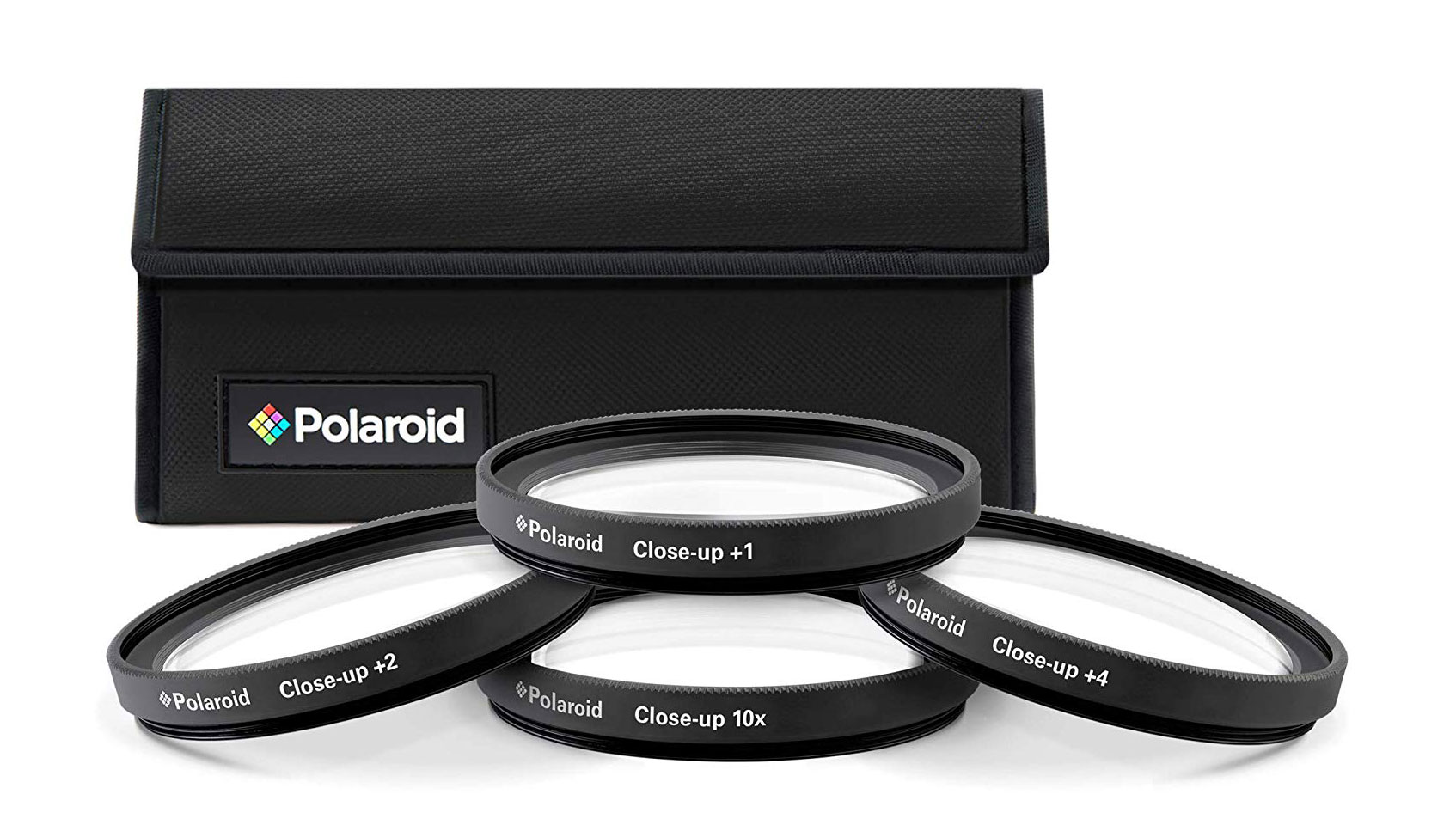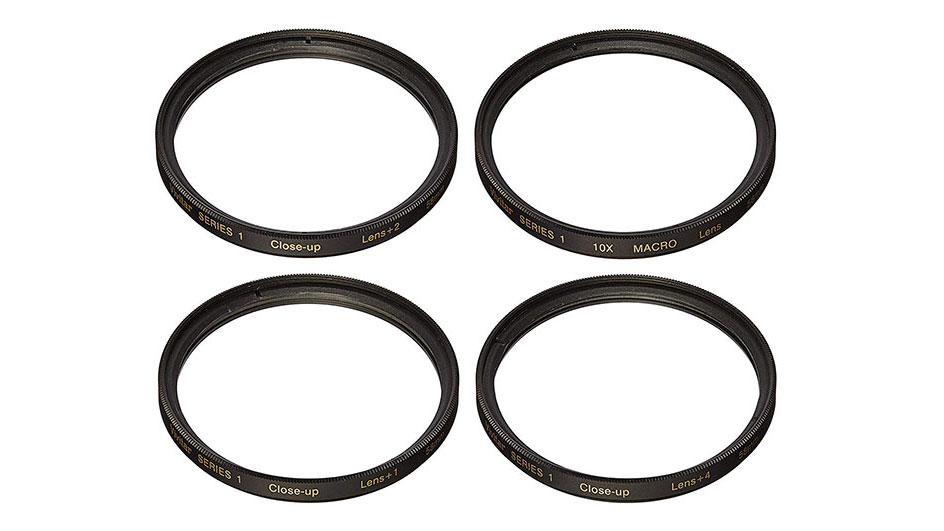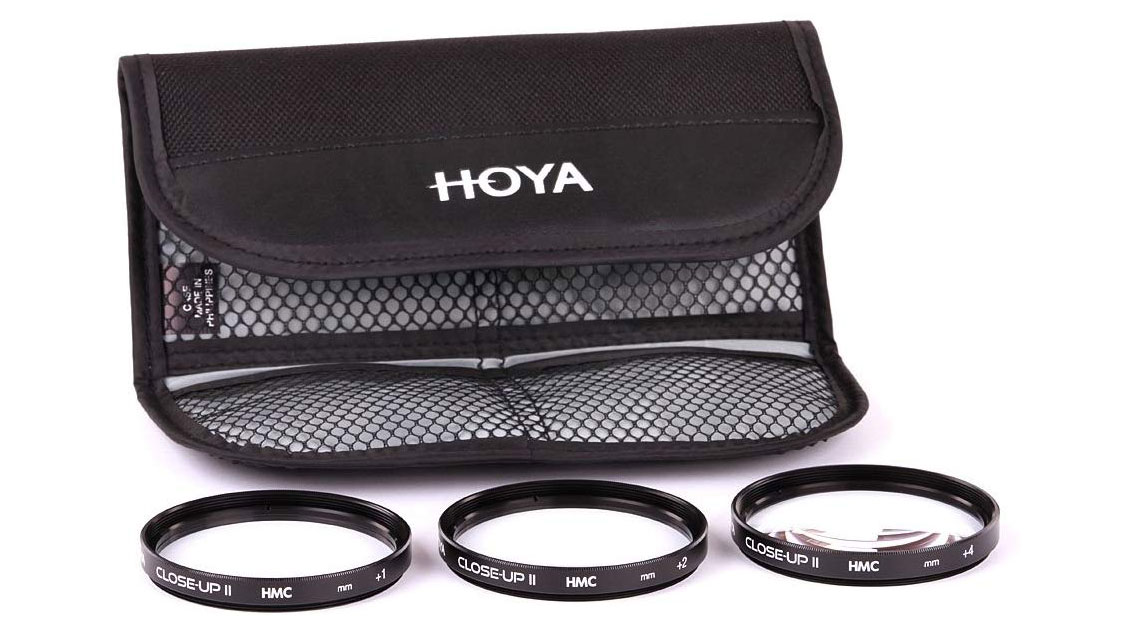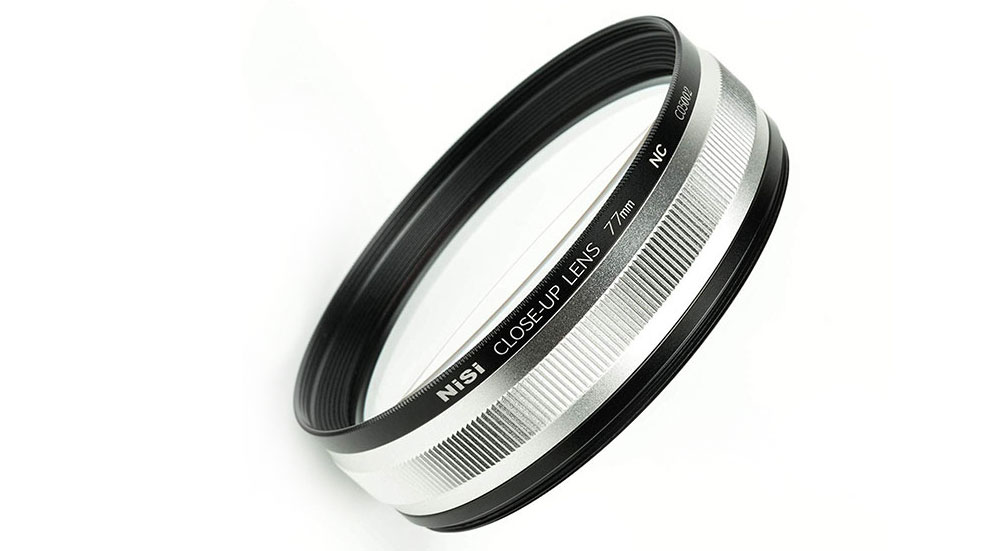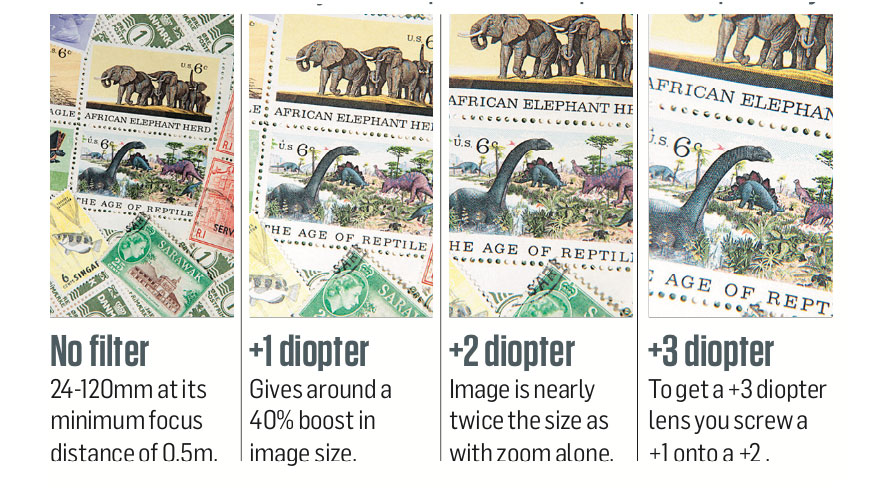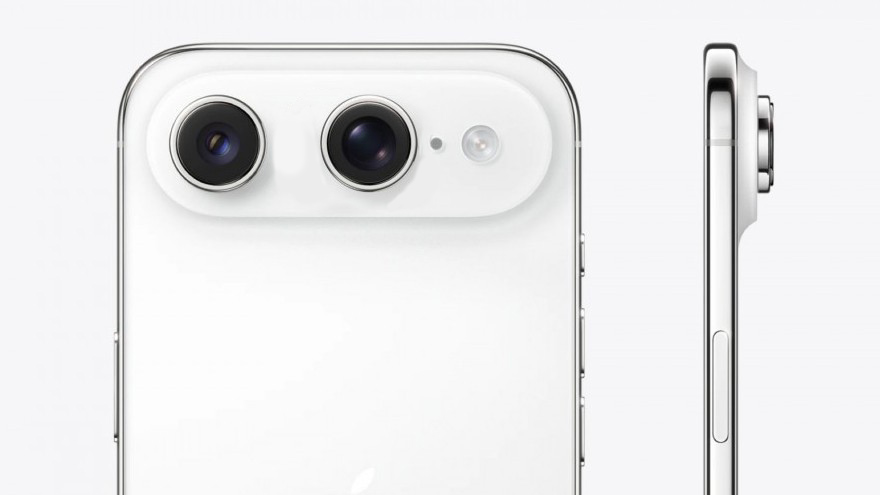The best close-up filters in 2025: macro photography on a budget
The best close-up filters are a cheap and simple alternative to macro lenses. Here are the best examples at the best prices
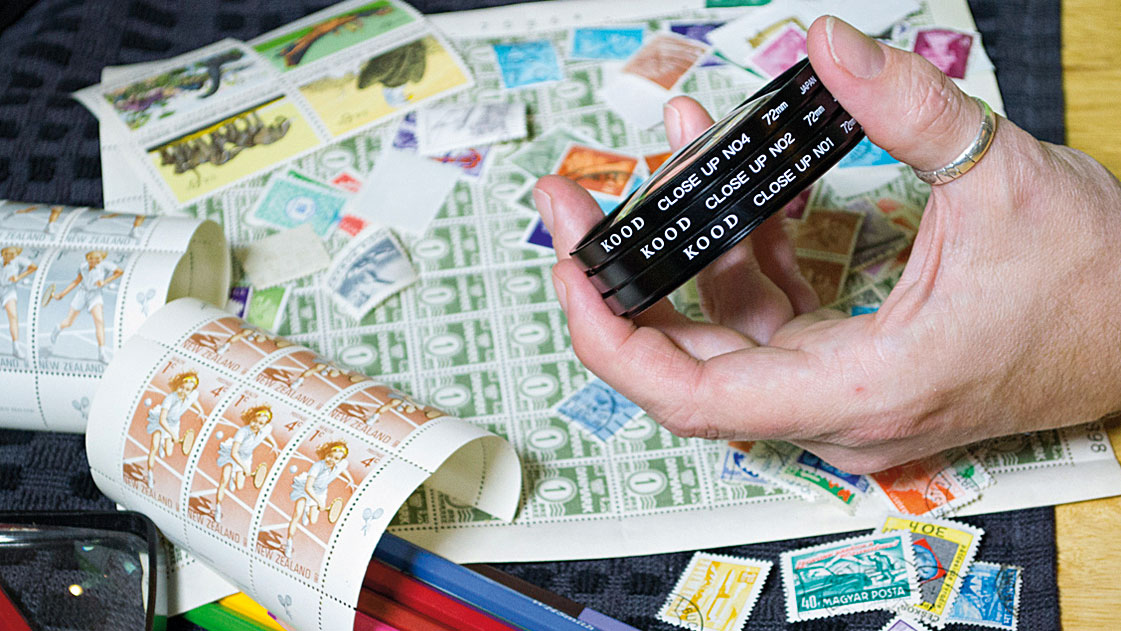
Close-up filters are the ideal way to experiment with close-up and macro photography without spending a fortune. Macro lenses can command quite a high price, especially if you're unsure whether this type of photography is your sort of thing or not. Close-up filters let you experiment with getting in close without having to lighten your wallet too much, allowing you to use the lenses you already own. They're an ideal starting point, but it has to be said won't match the optical quality of a dedicated macro lens.
Close-up filters can work with DSLRs, mirrorless cameras, compact cameras or bridge cameras – you just need to make sure you get the correct filter thread size. This will generally be printed on the front of the lens, so double-check before buying anything, as otherwise your filter won't physically fit.
Another useful aspect of close-up filters is that they can be stacked, meaning that the lenses can be used in concert with one another to boost the effect and get really, really close to your subject. I've put together some images to give you an idea of how it works, further down the page in the How To Choose section. I've picked the best close-up filters you can buy right now. They often come as sets, though some are packaged as individual lenses and need to be used with adapters.

Gavin has over 30 years of experience writing about photography and television. He is currently the editor of British Photographic Industry News, and previously served as editor of Which Digital Camera and deputy editor of Total Digital Photography.
The Quick List
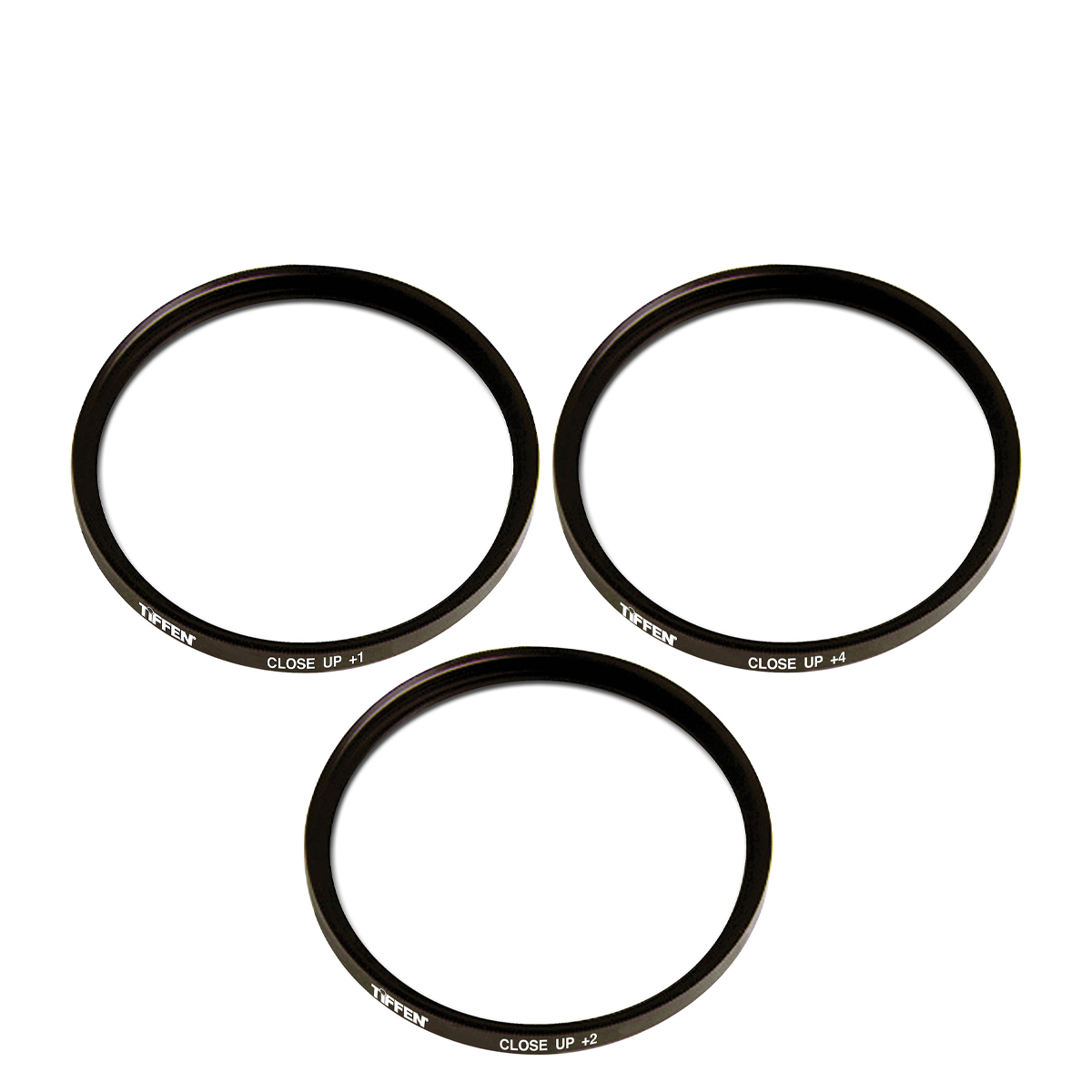
A premium-feeling trio of close-up filters from one of the most trusted names in the field, but at a price that may surprise you.
Read more below…
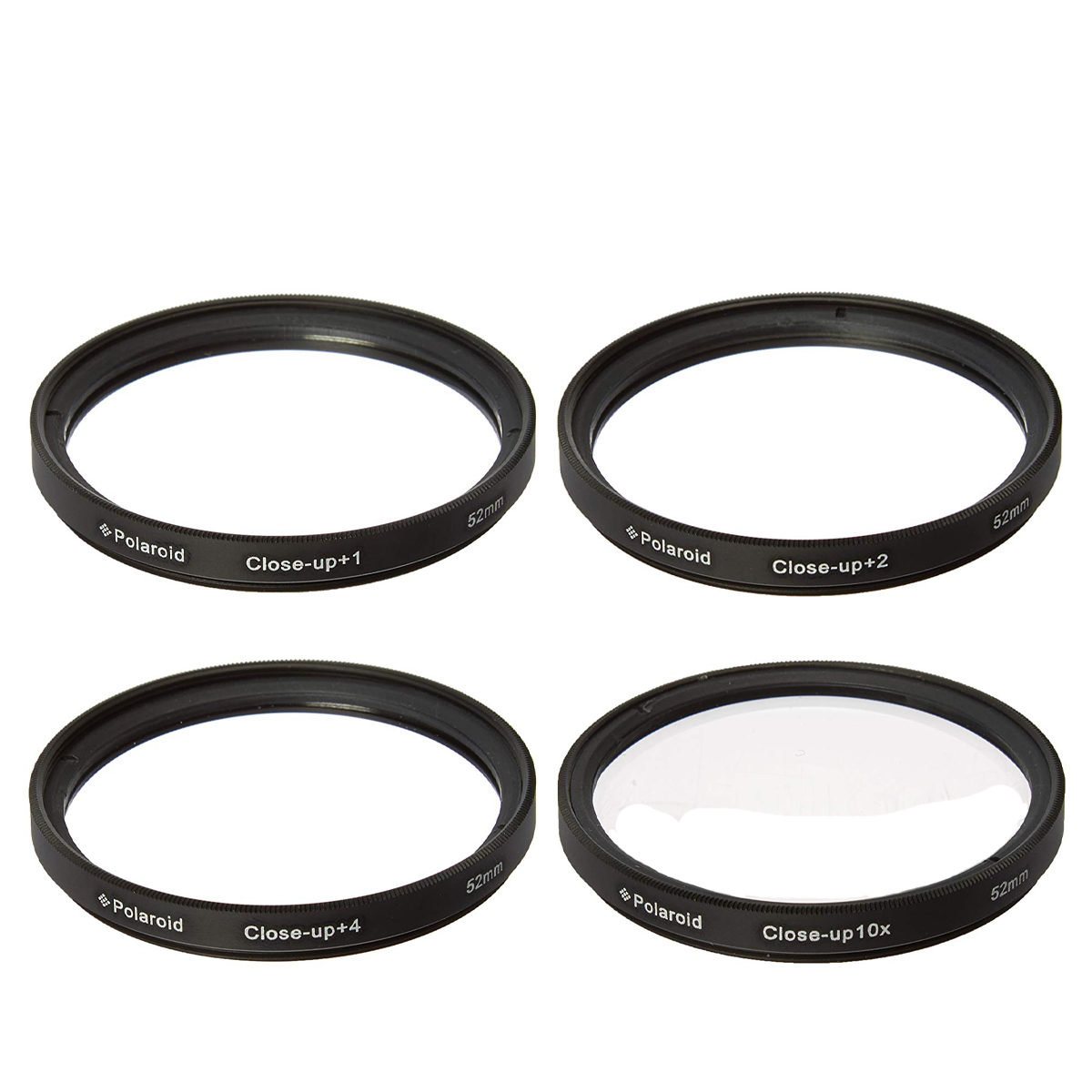
Get yourself some mighty magnification for a low price, with kit sizes that will fit the majority of your lens collection.
Read more below…
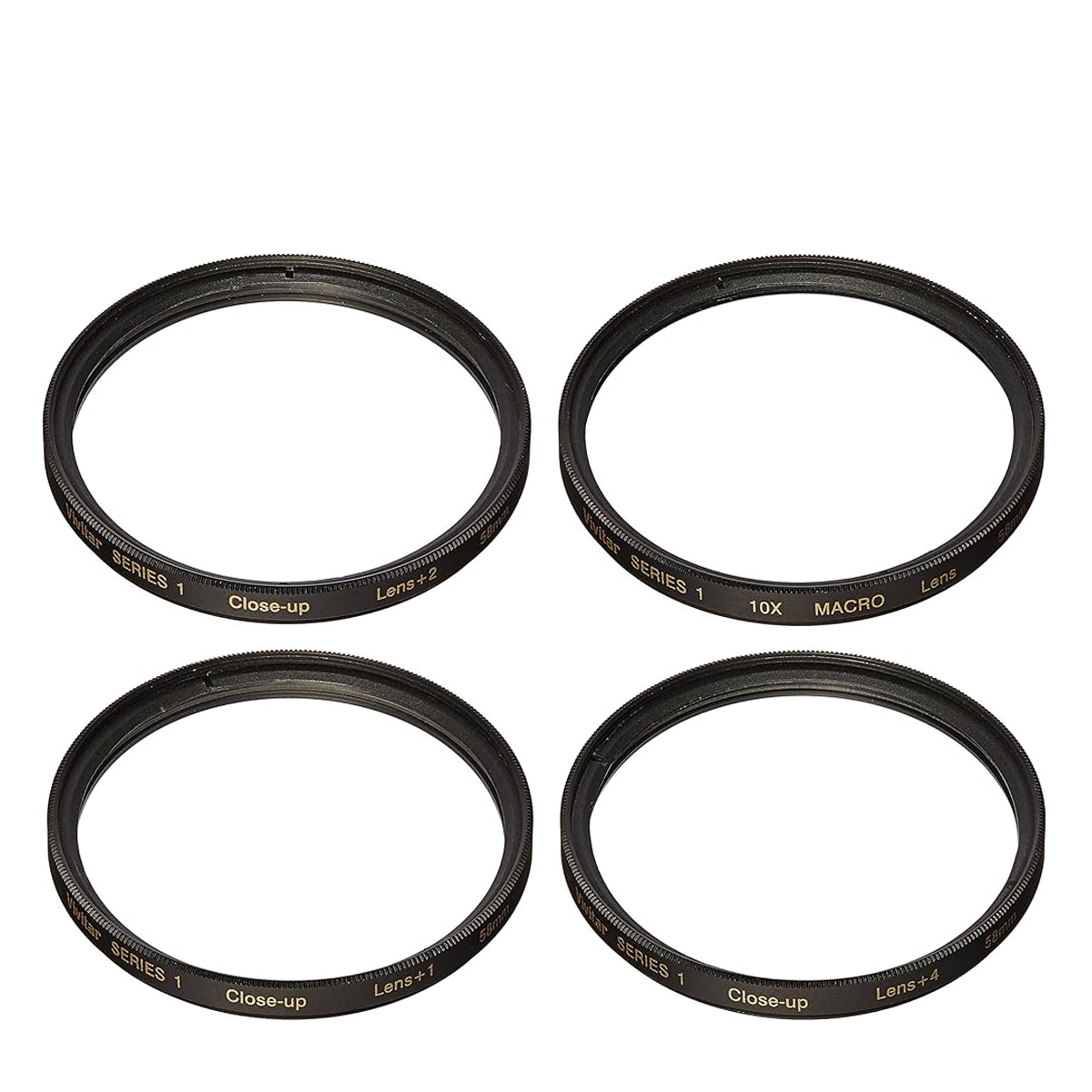
This decent quartet of filters at a bargain price makes the perfect starting point for anyone who wants to try macro photography.
Read more below…
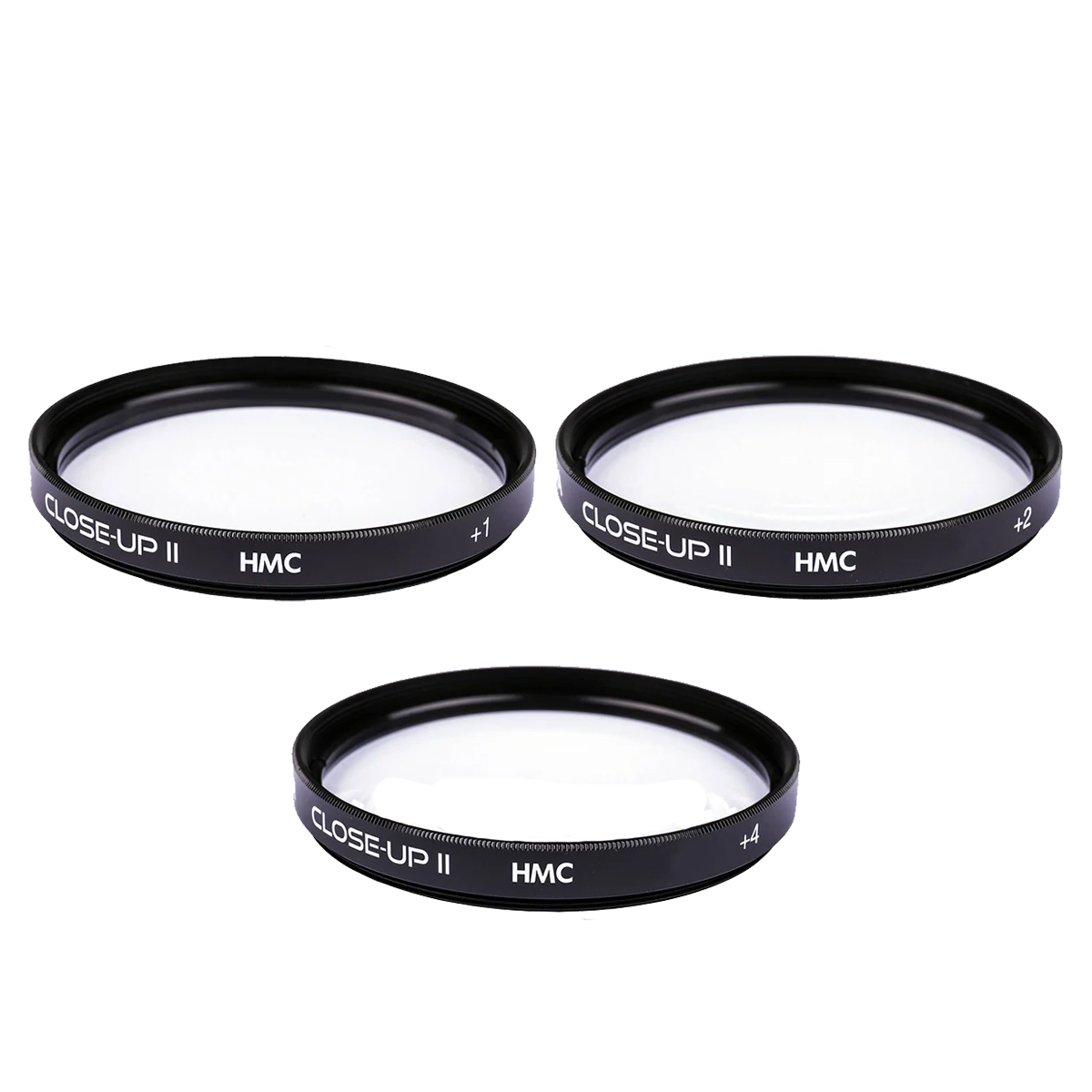
These three filters from a respected brand have been treated to cut reflection to a minimum without affecting light transmission.
Read more below…

There’s only one filter in the kit, and the price is relatively high, but you should get a better-than-usual optical result from this option.
Read more below…
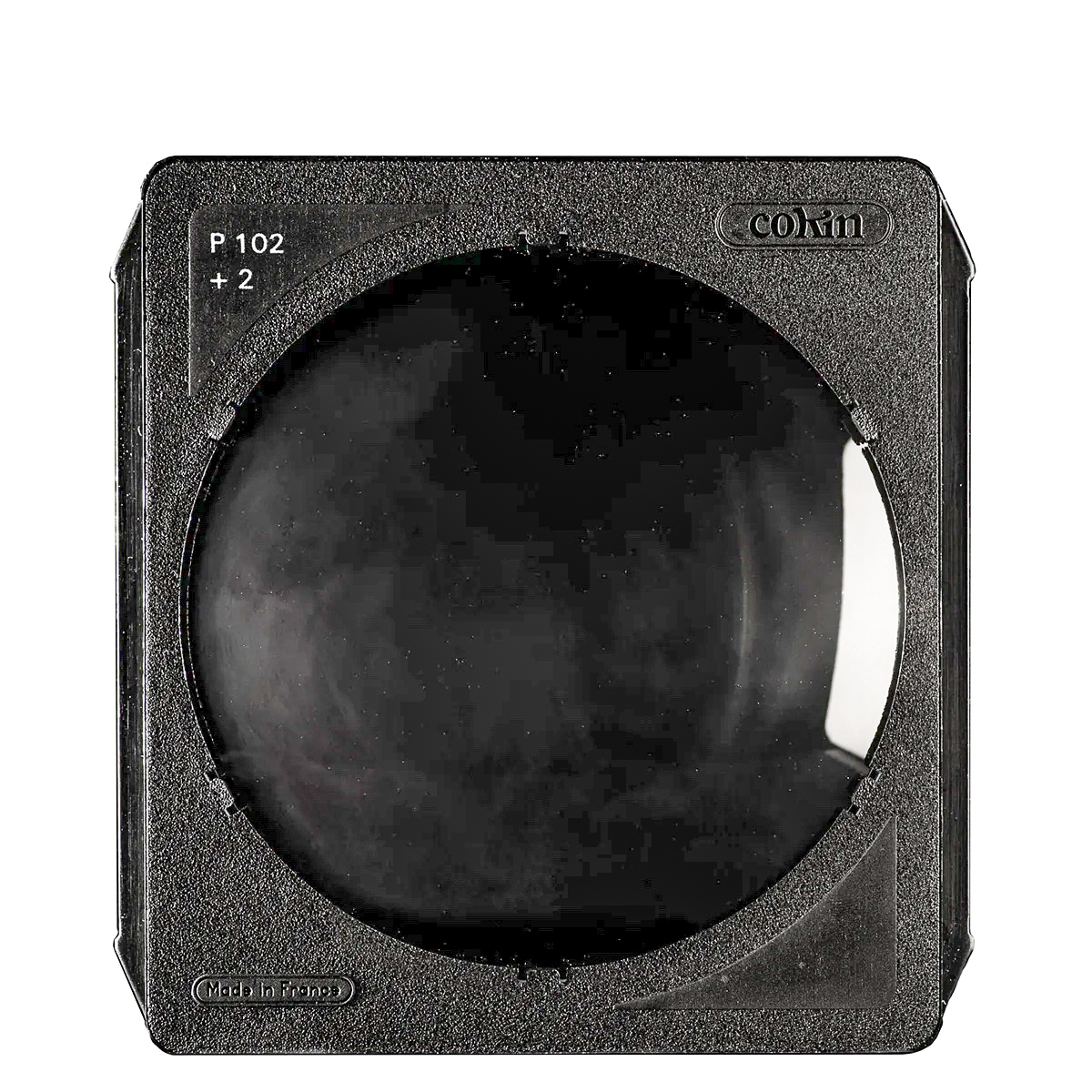
If you already use a filter holder, a square close-up filter is an option. The Cokin P close-up range is sold separately in three strengths: +1, +2, and +3.
Read more below…
Best close-up filters
Why you can trust Digital Camera World
Best close-up kit overall
1. Tiffen Close Up Lens Set
Specifications
Reasons to buy
Reasons to avoid
Tiffen is a well-regarded name in the world of lens filters, so you can be assured that this set of close-up filters is made with quality. One of the first things you'll see is the leatherette carry pouch, which gives the whole affair a premium feel other filters lack.
The choice of filter thread sizes across the range is broad, though you only get +1, +2 and +4 diopter options in this kit, and not the +10 variant that appears in some other sets. Still, being able to combine the three filters easily means you'll always have an option for when you want to get super-close to a subject. Also, this well-made set is pretty affordable.
Best budget close-up kit
2. Polaroid Optics 4-piece Filter Kit Set
Specifications
Reasons to buy
Reasons to avoid
This four-piece set from Polaroid includes +1, +2, +4, and +10 diopter filters in a useful, water-resistant nylon carry case, meaning it's easy to take everywhere with you. Constructed from aluminum, the Polaroid filters have a dual-threaded design that makes them easy to stack.
Multi-coated for superior light transmission, the filters claim to ensure true-to-life colors with zero loss of detail. The broad range of thread sizes means that they'll fit most camera setups, and you get a 10-year manufacturer's warranty for a little extra peace of mind.
Best cheap close-up kit
3. Vivitar +1, +2, +4, +10 Close Up Macro Filter Set
Specifications
Reasons to buy
Reasons to avoid
Vivitar's set is a bargain option for photographers who want to learn about macro photography. They come in a range of thread sizes, so there’s bound to be a kit to suit your lens. Pretty much anyone, even a complete novice, can get to grips with attaching them, and if you're starting at out close-up photography, they're a solid choice.
You won't get the kind of results you'd get from an expensive macro lens, but you shouldn't expect to. The optical quality of the Vivitar lenses isn't quite up there with other filters, but they're good for the price. Plus, you get a generous 15-year warranty, as well as a handy nylon wallet for storage and transportation.
Best premium close-up kit
4. Hoya HMC Close Up Lens Set
Specifications
Reasons to buy
Reasons to avoid
Here's a known and respected brand offering a plethora of close-up filter solutions, with set sizes ranging from 49mm to 82mm, containing three options, depending on how close you want to go: +1, +2, or +4.
Hoya’s ‘HMC’ filters are aimed at minimizing reflection to increase light transmission and temper possible lens flare and ghosting.
The manufacturer promises over 97% light transmission for sharp contrast and well-balanced color. The set arrives in a padded pouch for easy protection and transportation. Hoya advises that, since depth of field will be shallow, it’s best for photographers to use as narrow an aperture as possible.
Best advanced close-up kit
5. NiSi 77mm Close Up lens kit
Specifications
Reasons to buy
Reasons to avoid
NiSi has taken a different approach with its close-up option. The filter is visibly deeper than the other close-up filters here, which reflects the more advanced optical construction NiSi has chosen. It’s made up of double optical corrective glass with an apochromatic design to reduce color fringing. The price is higher as a result.
This filter is compatible with zoom or prime lenses with a focal length in the range of 70-300mm, and fits lenses with a filter thread of 77mm plus adapter rings for 67mm and 72mm threads. Alternative kits from NiSi cover 58mm (with 49mm and 52mm rings) and 49mm (with 62mm and 67mm rings).
Unlike the other options in this listing, there’s no diopter rating for this filter, but NiSi says you should expect to achieve 1:1 magnification, and sometimes more, depending on the lens. The company recommends shooting at between f/8 and f/16 for the best results.
Best square close-up filter
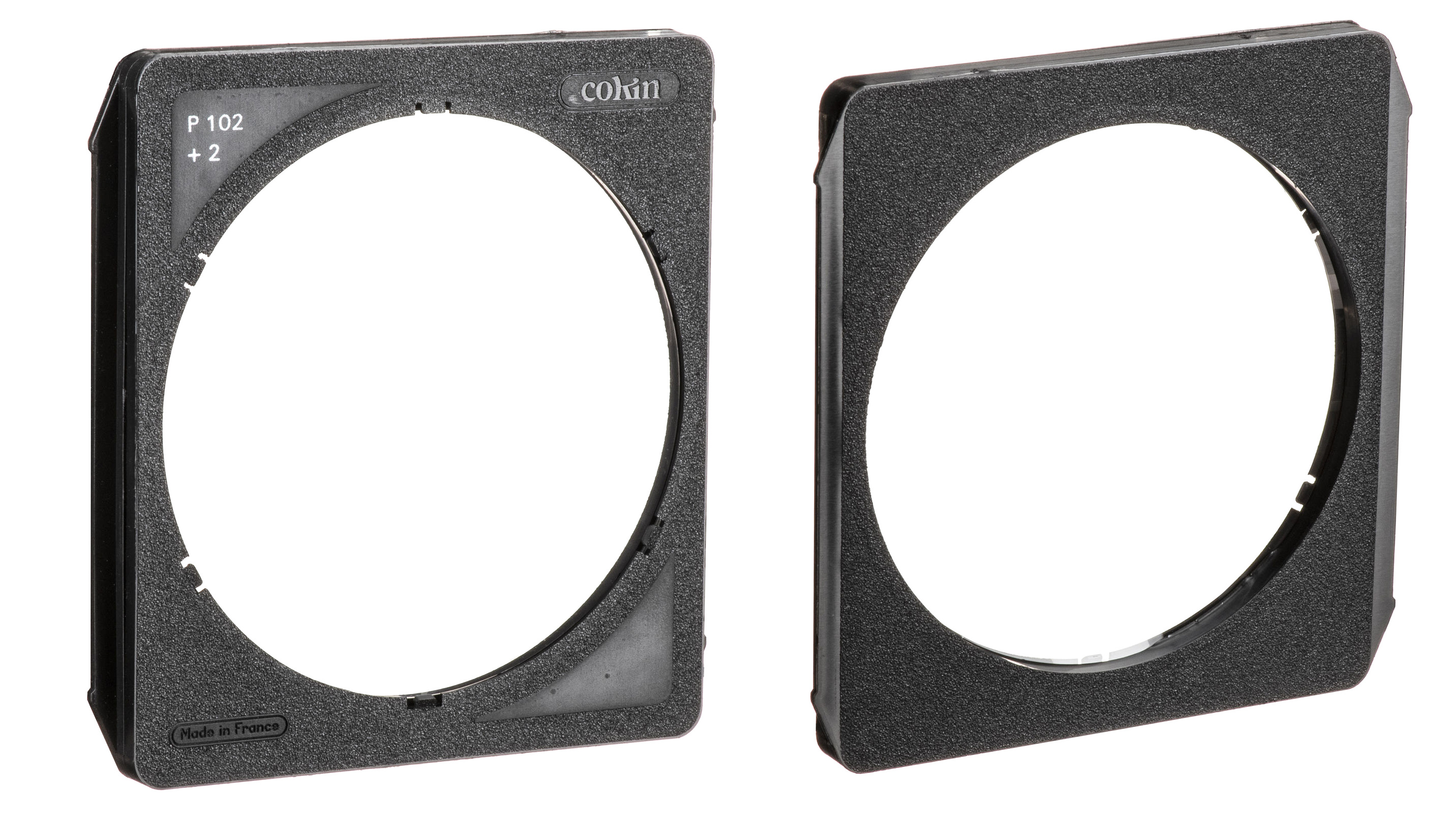
6. Cokin P102
Specifications
Reasons to buy
Reasons to avoid
Many filters for photography nowadays are of the rectangular type, which slot into a filter holder that attaches to your lenses' filter threads via adapters supplied as part of the holder kit. The advantage is that you can quickly change filters and use the same filter on different-diameter lenses by changing the adapter ring. But although rectangular filters are the default option for graduated and neutral density filters, they are less common for close-up filters. But Cokin is an exception...
Cokin makes close-up filters for its long-established A and P filter systems, with the P version I have picked here measuring 84x84mm. The diopter strengths come in +1,+2, and +3 versions, and are sold separately.
How to choose the best close-up filter
What is a close-up filter?
Close-up filters are pretty simple devices; essentially, they work like reading glasses. Placed over the front of a lens, they act as a magnifier and effectively reduce the minimum focusing distance of the lens, allowing you to get much closer to a subject. Indeed, they're technically more like an additional lens than a filter; however, they generally screw into the front of a lens in the same manner as filters like polarizers and NDs, and tend to get lumped into the same category. If you hear someone refer to "close-up lenses" or "macro filters", they're likely referring to the same thing.
Can I use more than one at once?
Yes – most close-up filters are double-threaded, enabling you to attach another close-up filter on top (or another filter entirely, such as a polarizer).
Most kits include filters with +1, +2 and +4 ratings; here’s a guide to to how you can combine them to get your subject even bigger in the frame...
How we test filters
When we test filters, we look at both optical performance and general build quality – how robust the filter feels, how easy it is to use and how securely it attaches to the lens. We use a combination of real-world and lens testing to inform our comments in reviews and buying guides. For filters, we test light transmission levels, colour neutrality (i.e. if the filter introduces a cool or warm cast) and the impact a filter has on image quality.
Find out more about how we test and review on Digital Camera World
The best camera deals, reviews, product advice, and unmissable photography news, direct to your inbox!
Gavin has over 30 years’ experience of writing about photography and television. He is currently the editor of British Photographic Industry News, and previously served as editor of Which Digital Camera and deputy editor of Total Digital Photography.
He has also written for a wide range of publications including T3, BBC Focus, Empire, NME, Radio Times, MacWorld, Computer Active, What Digital Camera and the Rough Guide books.
With his wealth of knowledge, Gavin is well placed to recognize great camera deals and recommend the best products in Digital Camera World’s buying guides. He also writes on a number of specialist subjects including binoculars and monoculars, spotting scopes, microscopes, trail cameras, action cameras, body cameras, filters and cameras straps.
